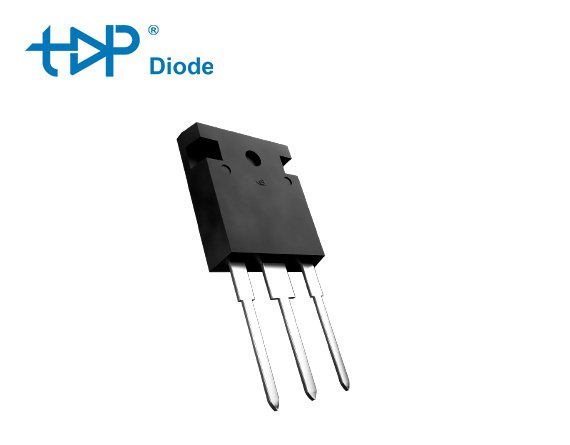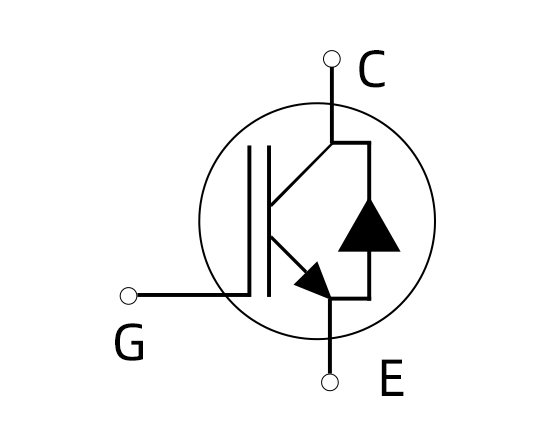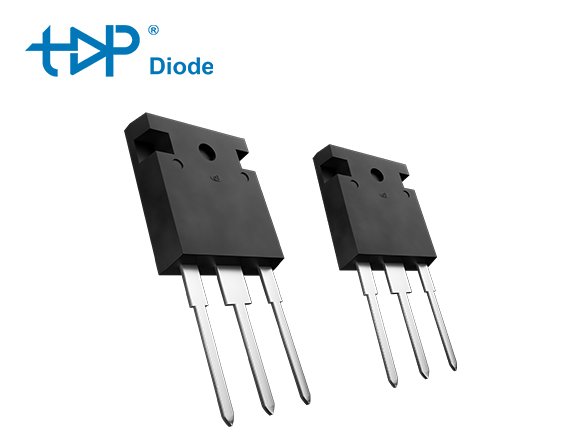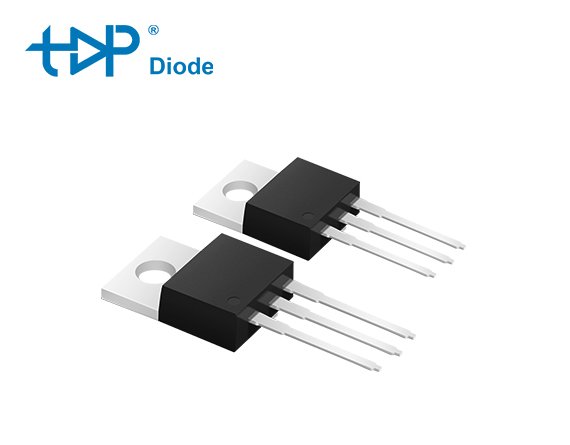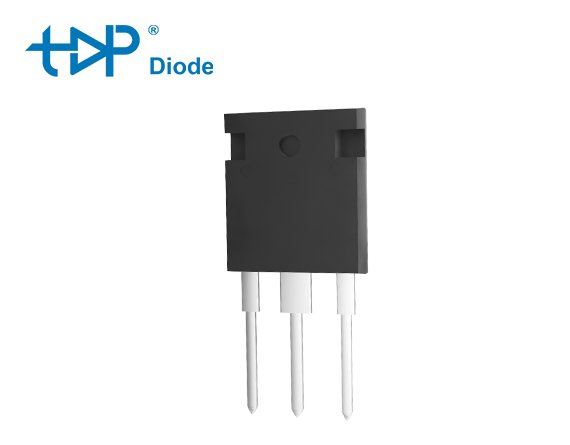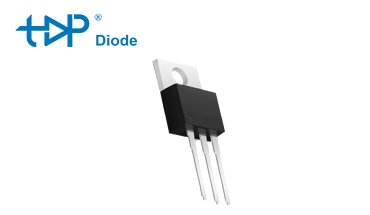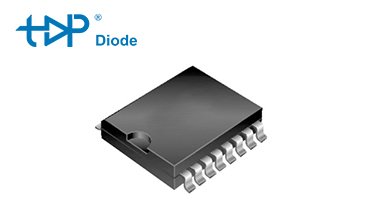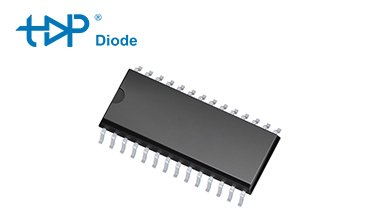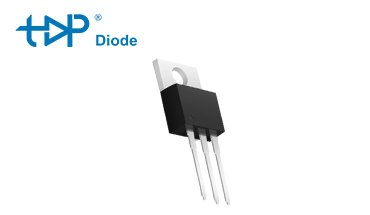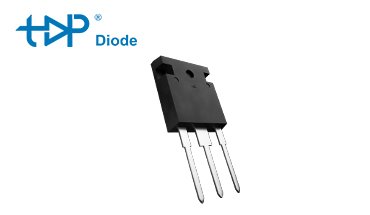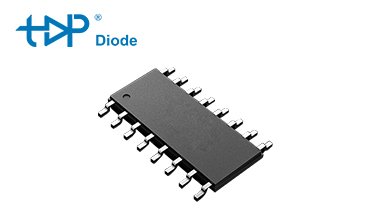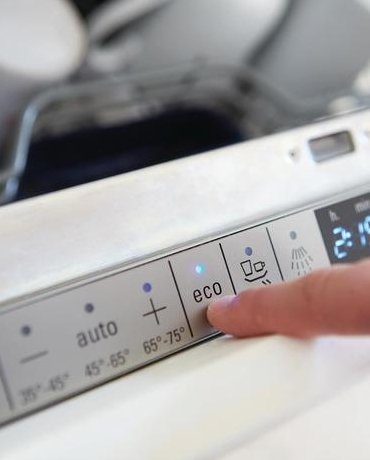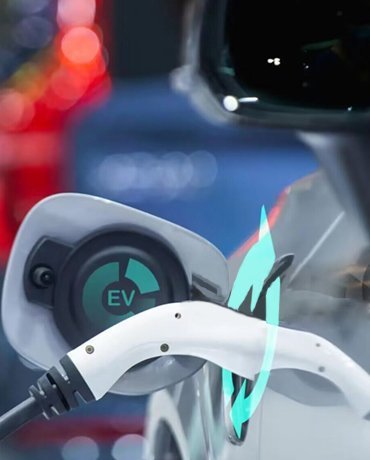1200V 25A IGBT Discrete with Anti-Parallel Diode TPGW25N120LN Topdiode (IKW25N120H3)
- VCE(sat) = 1.85 V (typ.) @ IC = 25 A
- Vce = 1200V
- vlc = 25A
- very low VcE,sat
- Low EMI
- Very soft, fast recovery antiparallel diode
- Maximum junction temperature Tvjmax= 175C
- Qualified according to JEDEC for target applications
- Pb-free lead plating
- RoHS compliant
Topdiode 1200V 25A IGBT Discrete with Anti-Parallel Diode TPGW25N120LN (IKW25N120H3)p
TOPDIODE TPGW25N120LN is a High speed Trend IGBT with TO-247-3 package.
TOPDIODE TPGW25N120LN has outstanding performance in Uninterruptible power supplies,Welding converters and Converters with high switching frequency.
Topdiode TPGW25N120LN is an alternative offer for Infineon IGBT IKW25N120H3.
Topdiode 1200V 25A IGBT Discrete with Anti-Parallel Diode TPGW25N120LN DATA
- Tab
| Topdiode PN | TPGW25N120LN |
| Description | IGBT |
| VCE | 1200V |
| IC | 25A |
| VCE(SAT) IC=15A | 1.85V |
| Package | TO-247-3 |
| Cross to Brand | Infineon |
| Pin to Pin Cross P/N | IKW25N120H3 |
Topdiode Hot Selling Products (6)
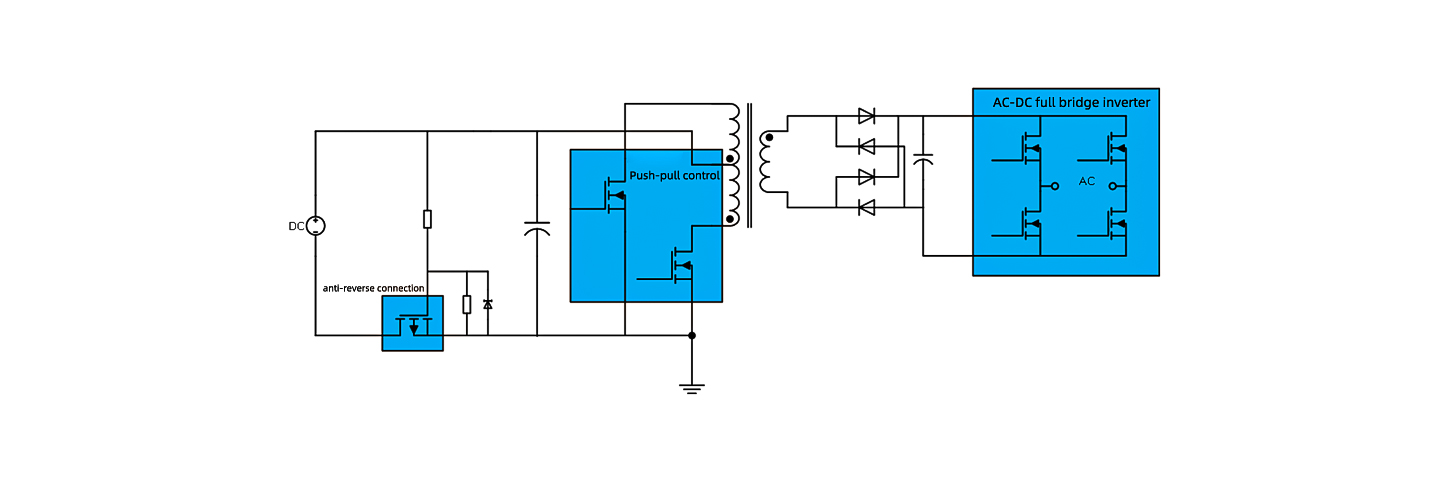
Topdiode P-channel Trench MOSFET and IGBT used on Car Power Inverter
The vehicle-mounted inverter is a convenient vehicle power converter that can convert DC12V DC power into AC power that is the same as the mains power for use by general electrical appliances. The car inverter output through the cigarette lighter can have power specifications of 20W, 40W, 80W, 120W and up to 150W. Higher power inverter power supplies need to be connected to the battery through connecting wires. The vehicle-mounted inverter is mainly composed of a DC-DC boost circuit, an AC-DC full-bridge inverter circuit, and an anti-reverse connection circuit.
With a rich range of discrete semiconductor products, including medium and low voltage MOSFETs, high voltage superjunctions and IGBTs, Topdiode can provide products that best match application performance requirements to achieve high conversion efficiency requirements for inverters.
Focus on launching a new generation of Trench FS II IGBT series products. By adopting high-density device structure design and advanced ultra-thin chip processing technology, the carrier injection efficiency and current distribution are optimized, and the saturation voltage drop and shutdown of the device are significantly reduced. losses, thereby reducing device power consumption and improving system efficiency.
Anti-reverse connection:
P-channel Trench MOSFET:
VDS=-30V Ron@10V(max)=3.2mΩ-8mΩ
VDS=-60V Ron@10V(max)=4mΩ-20mΩ
push-pull control:
TP8295A\TP82H140\TP82H140D\TP80H12\TP80H12D
TP01H10\TP01H10D\TP01H11\TP01H13\TP01H13D
TP0240\TP0240F\TP0250D\TP0260\TP0260P\TP0260T
N-channel SGT-II MOSFET&N-channel SGT-I MOSFET:
VDS=85V Ron@10V(max)=1.85mΩ-5.5mΩ
VDS=100V Ron@10V(max)=2.1mΩ-5.0mΩ
TPP15T14/TPP15T14D/TPP15T14LL
TPP02T10/TPP02T10T/TPP02T10D/TPP02T11D
Full bridge inverter:N-Channel Super Junction Power MOSFET Ⅲ
TP65TF180\TP65TF180D\TP65TF180T\TP65TF130D\TP65TF130T
IGBT:600V, 20A, Trench FS II Fast IGBT
TP20TD60B\TP20TD60BT\TP20TD60BP\TP30TD60B\TP30TD60BT\TP40TD60BP\TP40TD60BT\TP60TD60BP\TP60TD60BT
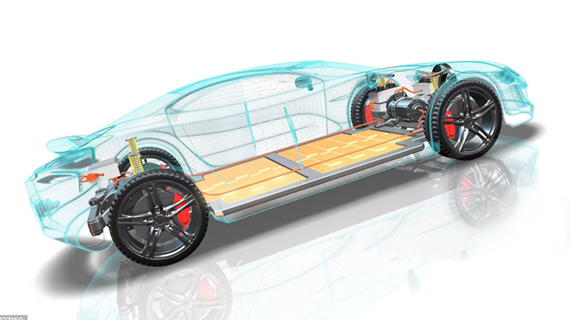
IGBT stands for insulated-gate bipolar transistor. It is a power transistor that combines an input MOS and an output bipolar transistor.
Here’s a brief explanation of how an IGBT works:
- Basics: An IGBT is made up of two main components – a P-type semiconductor and N-type semiconductor. These semiconductors are made of materials such as silicon, and they are joined together to form a p-n junction, which is the basic structure of a diode.
- Gate: The gate of an IGBT is an electrode that is used to control the flow of current between the p-type and n-type semiconductors. It is insulated from the rest of the device by a layer of Aluminum oxide or Silicon nitride, which prevents leakage current and ensures that the device operates only when the gate signal is applied.
- Bipolar: The term “bipolar” refers to the fact that the IGBT can conduct both positive and negative currents, unlike a uni-polar device such as a MOSFET, which can only conduct positive current. This allows the IGBT to handle higher power levels and operate more efficiently in certain applications.
- Operation: When the gate signal is applied, the IGBT is turned on, and current can flow between the p-type and n-type semiconductors. The amount of current that flows depends on the voltage applied to the gate and the resistance of the load connected to the IGBT. When the gate signal is removed, the IGBT is turned off, and no current can flow.
Here’s a brief explanation of how an IGBT works:
- Basics: An IGBT is made up of two main components – a P-type semiconductor and N-type semiconductor. These semiconductors are made of materials such as silicon, and they are joined together to form a p-n junction, which is the basic structure of a diode.
- Gate: The gate of an IGBT is an electrode that is used to control the flow of current between the p-type and n-type semiconductors. It is insulated from the rest of the device by a layer of Aluminum oxide or Silicon nitride, which prevents leakage current and ensures that the device operates only when the gate signal is applied.
- Bipolar: The term “bipolar” refers to the fact that the IGBT can conduct both positive and negative currents, unlike a uni-polar device such as a MOSFET, which can only conduct positive current. This allows the IGBT to handle higher power levels and operate more efficiently in certain applications.
- Operation: When the gate signal is applied, the IGBT is turned on, and current can flow between the p-type and n-type semiconductors. The amount of current that flows depends on the voltage applied to the gate and the resistance of the load connected to the IGBT. When the gate signal is removed, the IGBT is turned off, and no current can flow.
Some of the key features of IGBT include:
- High voltage and current handling capabilities: IGBTs can handle high voltage and current levels, making them suitable for use in high power applications. They can switch and control large amounts of power, making them an excellent choice for use in electric vehicles, solar inverters, and wind turbines, among other applications.
- Fast switching speed: IGBTs can switch on and off very quickly, which allows them to be used in high-speed applications such as power converters and motor controllers. Their fast switching speed also helps to reduce energy losses and improve overall system efficiency.
- Low conduction losses: IGBTs have low conduction losses, which makes them more energy-efficient than other types of power semiconductor devices. This feature is particularly important in applications where the device is required to conduct high currents for extended periods of time.
- High efficiency: IGBTs can achieve high efficiency levels in power conversion and control applications due to their low losses and fast switching speed. This feature is beneficial in applications where energy efficiency is a critical concern, such as in electric vehicles and solar inverters.
- Compact size: IGBTs have a smaller physical size compared to other types of power semiconductor devices, making them more suitable for use in compact and space-constrained applications. This feature is particularly important in applications such as aerospace, military, and transportation, where size and weight are critical factors.
- High Voltage and Current Handling: IGBTs can handle high voltage levels and currents, making them suitable for power applications that require robust conduction capabilities.
- Fast Switching Speed: IGBTs have a fast switching characteristic, enabling efficient power regulation and modulation, and facilitating high-frequency operation.
- Low Saturation Voltage: IGBTs exhibit low voltage drop when conducting, resulting in minimal power losses and improved overall system efficiency.
- Easy to Control: IGBTs can be easily controlled by gate voltage, allowing for accurate and flexible power regulation.
- High Input Impedance: IGBTs possess a high input impedance, making them easily driven by low-power control signals and reducing the complexity of drive circuitry.
- Cost down. Reliable quality to replace Infineon, ST, AOS, TRINNO etc. Help our partners cost down.



